- Happening Now at USAIDIn Focus
- Responding to the World's Urgent CrisesCrisis Response
- USAID's Impact Around the WorldResults
- About the Agency and Our MissionAbout USAID
CRISIS RESPONSE
USAID responds to all types of natural disasters including earthquakes, volcanic eruptions, cyclones, floods, droughts, fires, pest infestations, and disease outbreaks. USAID also provides assistance when lives or livelihoods are threatened by catastrophes such as civil conflict, acts of terrorism, or individual accidents. LEARN MORE
-
67
crises addressed in 54 countries -
206
million people affected by
natural disasters in 2011
-
Crisis Response
Learn MoreUSAID responds to all types of natural disasters, including earthquakes, volcanic eruptions, cyclones, floods, droughts, fires, pest infestations, and disease outbreaks. OFDA also provides assistance when lives or livelihoods are threatened by catastrophes such as civil conflict, acts of terrorism, or industrial accidents. In addition to emergency assistance, OFDA funds mitigation activities to reduce the impact of recurrent natural hazards and provides training to build local capacity for disaster management and response.
-
Sahel
Learn MoreMore than 15 million people are affected by a worsening food crisis in the Sahel, which is the result of drought, poor harvests, conflict, and rising food prices in the region. Families cannot make ends meet, food is in short supply, and malnutrition rates are on the rise. The United States, working in partnership with the international community, heeded early warnings, immediately took action, and continues to help alleviate suffering in the region. Our assistance is saving lives.
-
Horn of Africa
Learn MoreIn 2011, the eastern Horn of Africa was reeling from the region’s most severe drought in 60 years. Crops failed, livestock died, and prices in local markets were too high for most people to buy what was needed to feed their families. At the height of the crisis, more than 13 million people were in need of emergency assistance in Kenya, Ethiopia, Somalia, and Djibouti. The United States government remains the largest donor of emergency aid to the region, providing over $1.1 billion for food, clean water, health care, shelter, and other life-saving assistance.
-
Syria
Learn MoreThe already dire humanitarian situation in Syria continues to worsen because of increasing violence and Government of Syria restrictions on access for aid workers. U.S. humanitarian assistance is being provided when and where possible, and we have reached every conflict area in Syria. We are not able to reach everyone, but heroic efforts are happening every day to help those caught in the middle of the crisis.

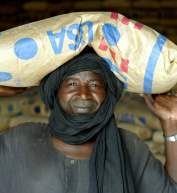
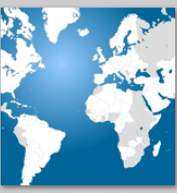




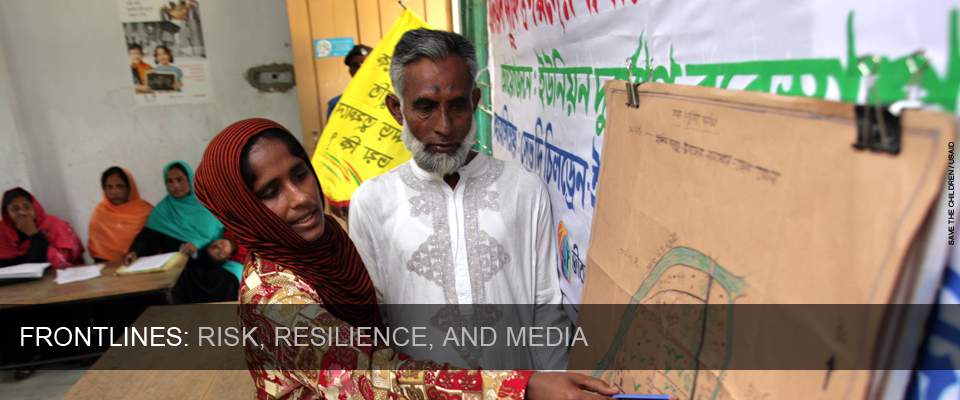
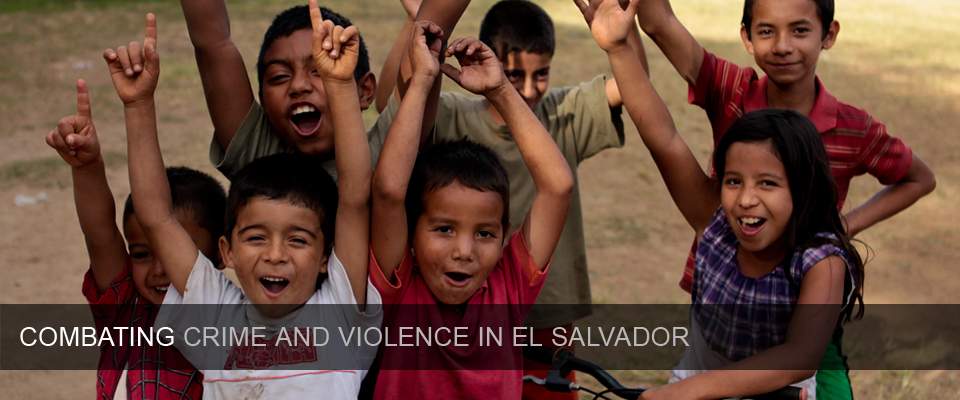


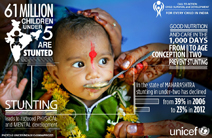

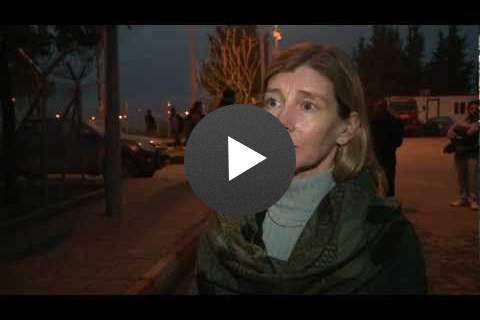






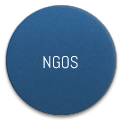






Comment
Make a general inquiry or suggest an improvement.